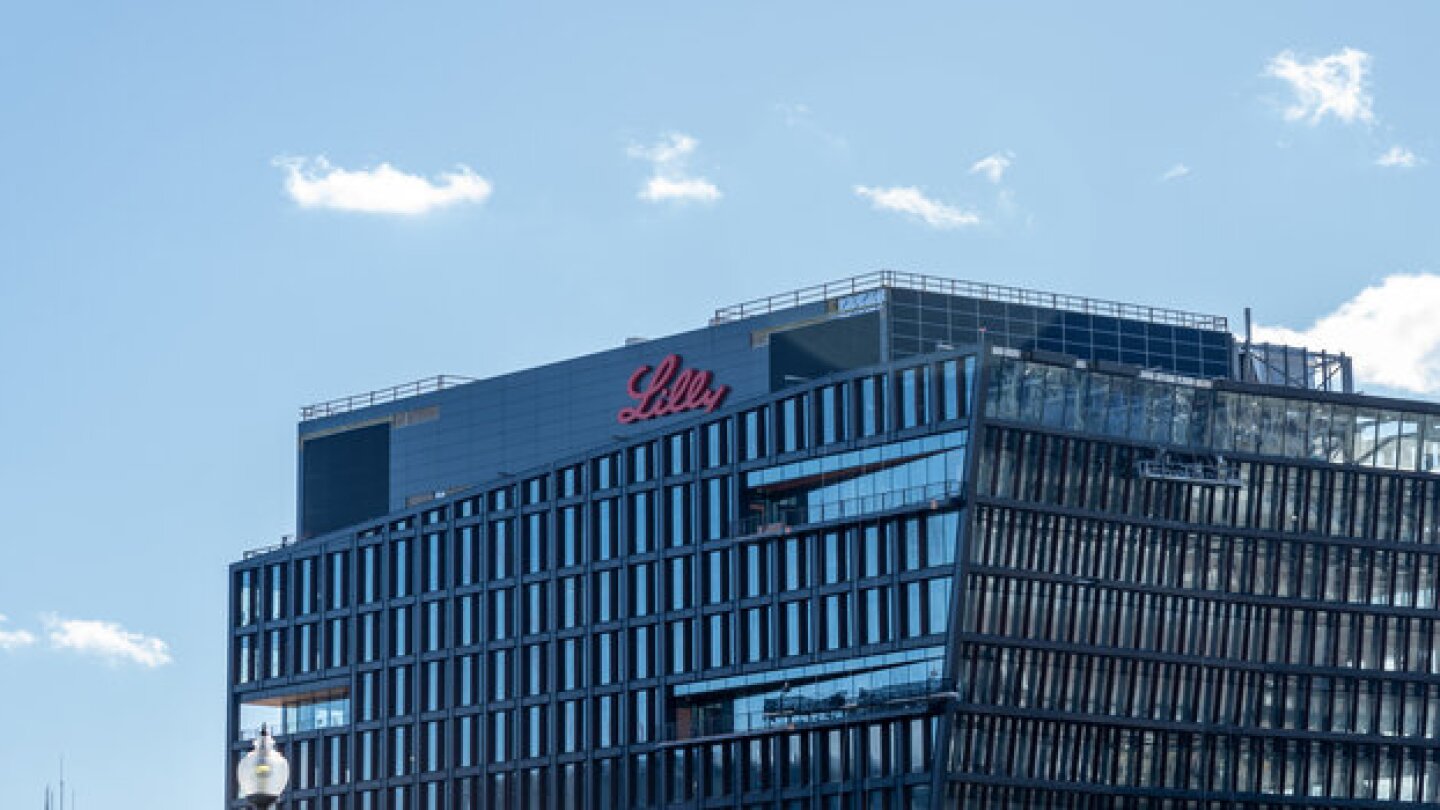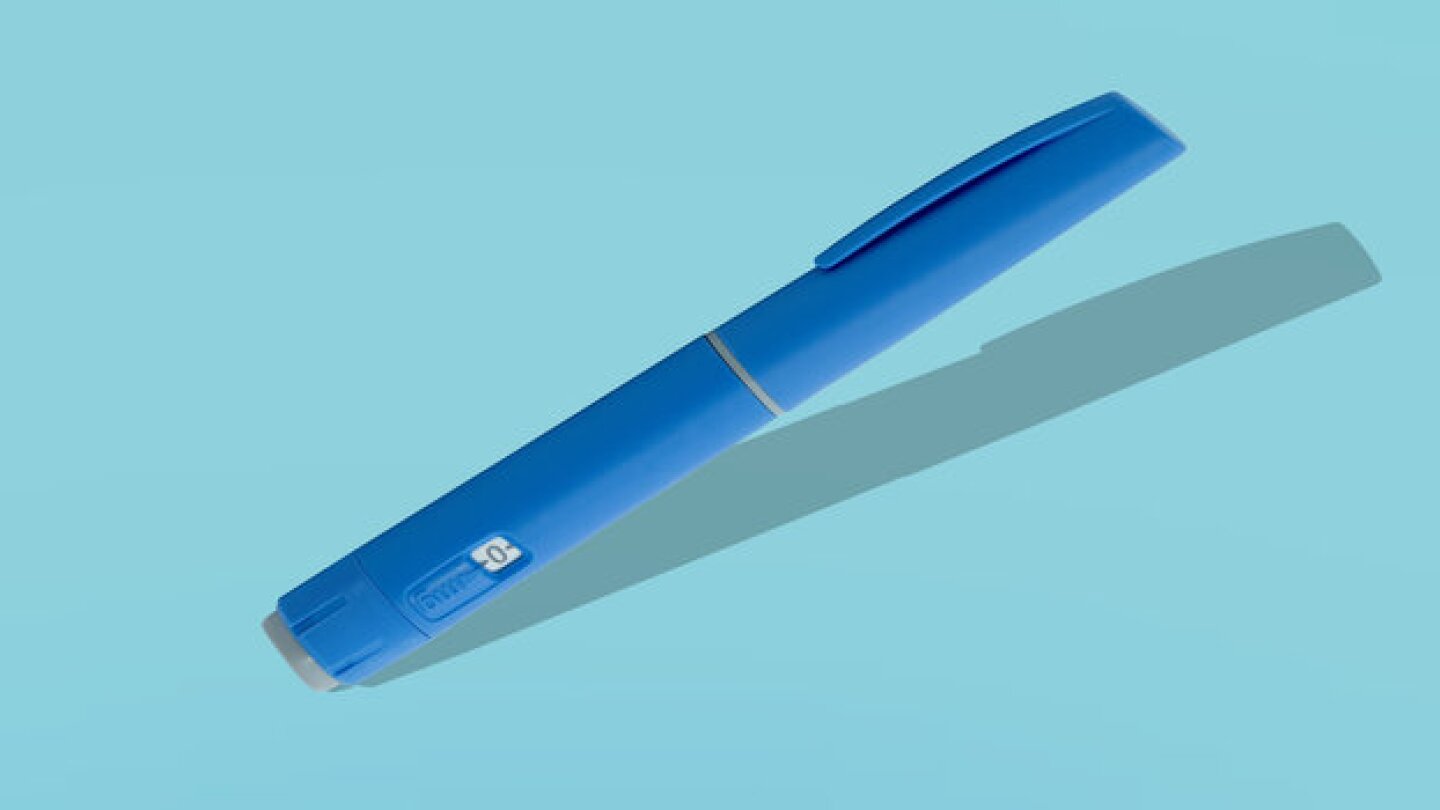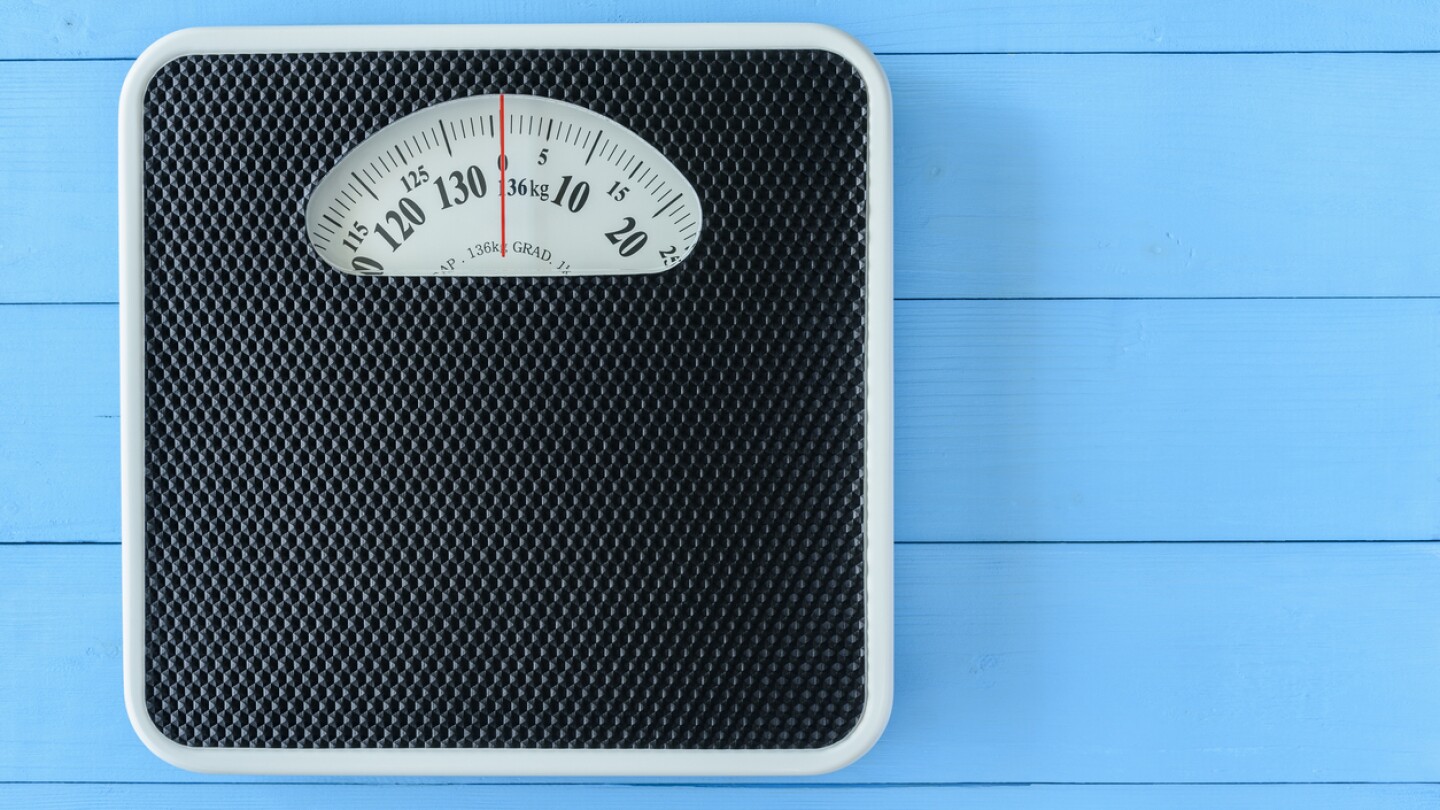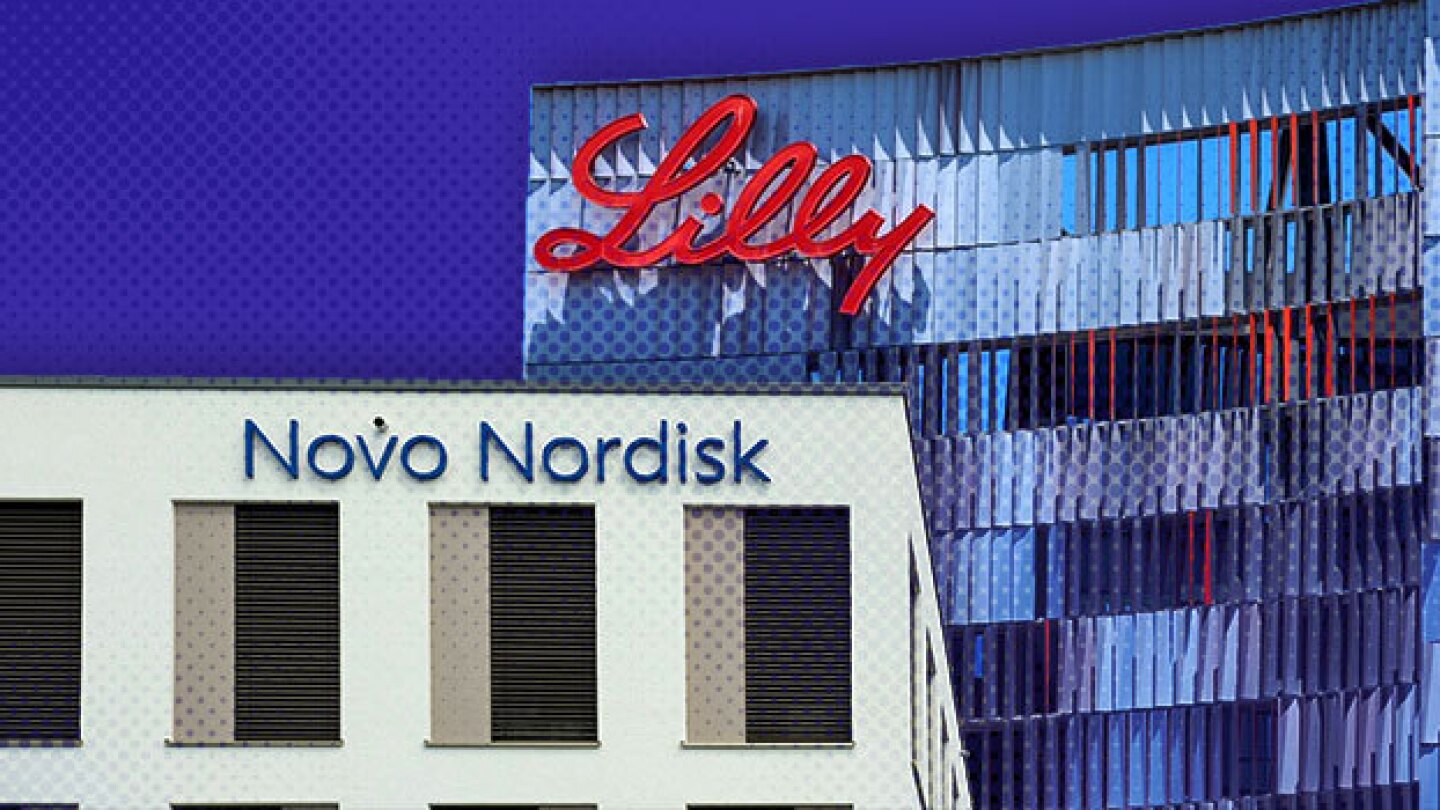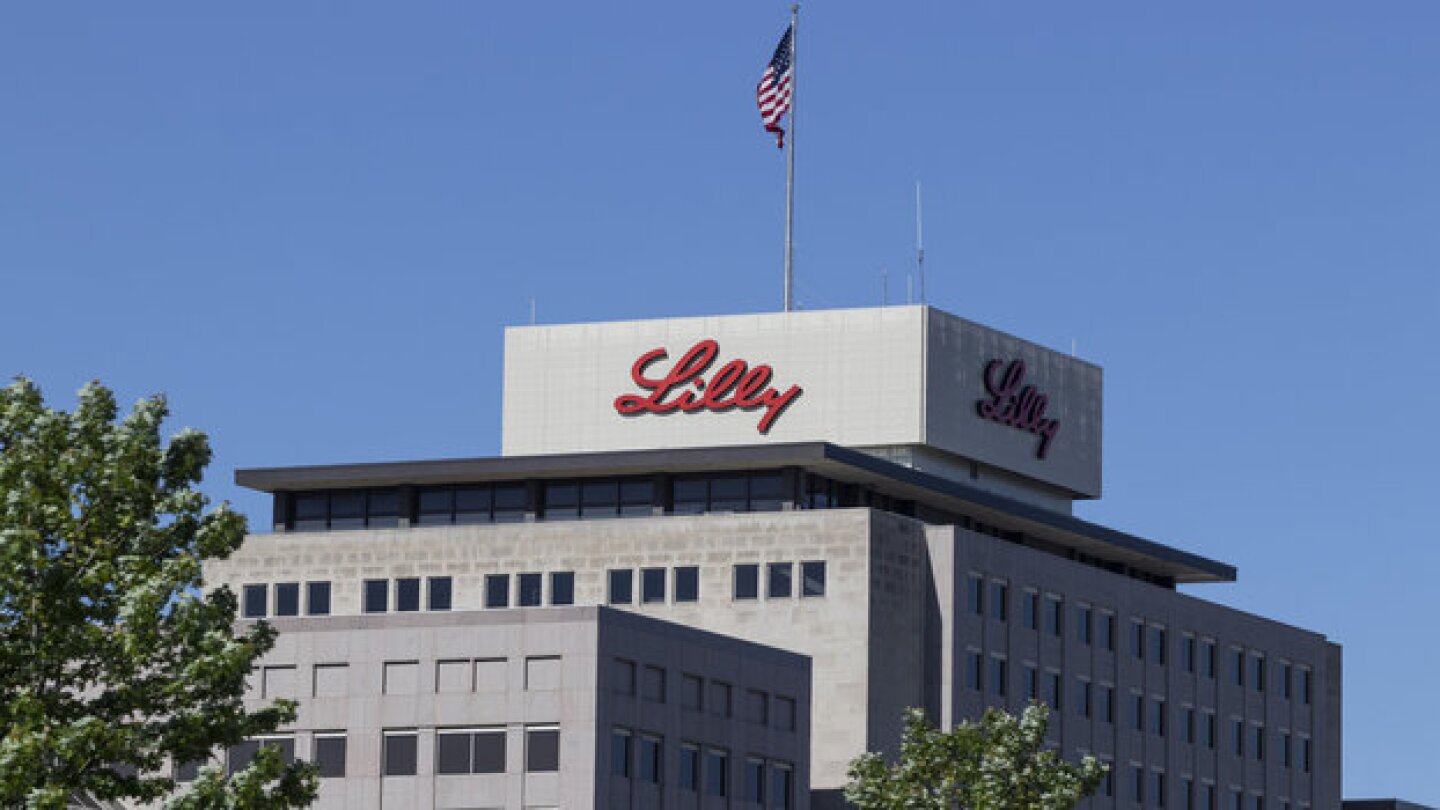Obesity
According to BMO Capital Markets, Medicare coverage of Lilly’s Zepbound opens the door to using secondary indications to secure CMS coverage for obesity drugs.
The FDA recommended maintaining a minimum of 5% weight-loss for drug developers seeking to establish the efficacy of their investigational obesity candidates.
BioSpace presents 25 noteworthy biopharma startups in ’25; analysts forecast stronger M&A as the J.P. Morgan Healthcare Conference kicks off next week; GLP-1s continue to expand their reach as Novo, Lilly fight against compounders; and a look ahead to five key FDA decisions in Q1.
Months after posting weight loss of 7.5% at 36 days for patients taking MET-097i, Metsera releases mid-stage results of just over 11% average body weight reduction at 12 weeks, with no plateau and a promising safety profile.
From ADCs and radiopharmaceuticals to cell and gene therapies, eager young startups are betting on advances in biopharma’s most competitive therapeutic spaces—and attracting dollars from Big Pharma.
Seeking Alpha analyst Terry Chrisomalis regards Viking Therapeutics as the most attractive M&A candidate in 2025, bolstered by its strong obesity candidate VK2735 and largely de-risked MASH therapy VK2809.
Novo Nordisk’s GLP-1s outsell Eli Lilly’s thanks to its superior marketing. Here’s how.
Eli Lilly’s request to intervene in a suit filed by compounding pharmacies against the FDA reflects a belief the outcome could affect its business and that the FDA does not adequately represent its interests.
Investors appeared disappointed by CagriSema’s Phase III readout, which showed weight loss that fell short of Novo Nordisk’s prior projections for the therapy. Meanwhile, Eli Lilly’s stock rose on the news.
After a couple months of uncertainty, the FDA has told compounding pharmacies that they have 60 to 90 days before the agency will enforce rules to stop their production of GLP-1s.
PRESS RELEASES

